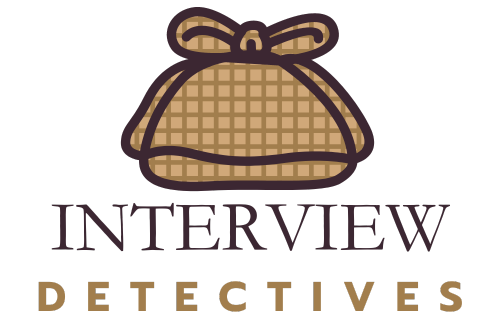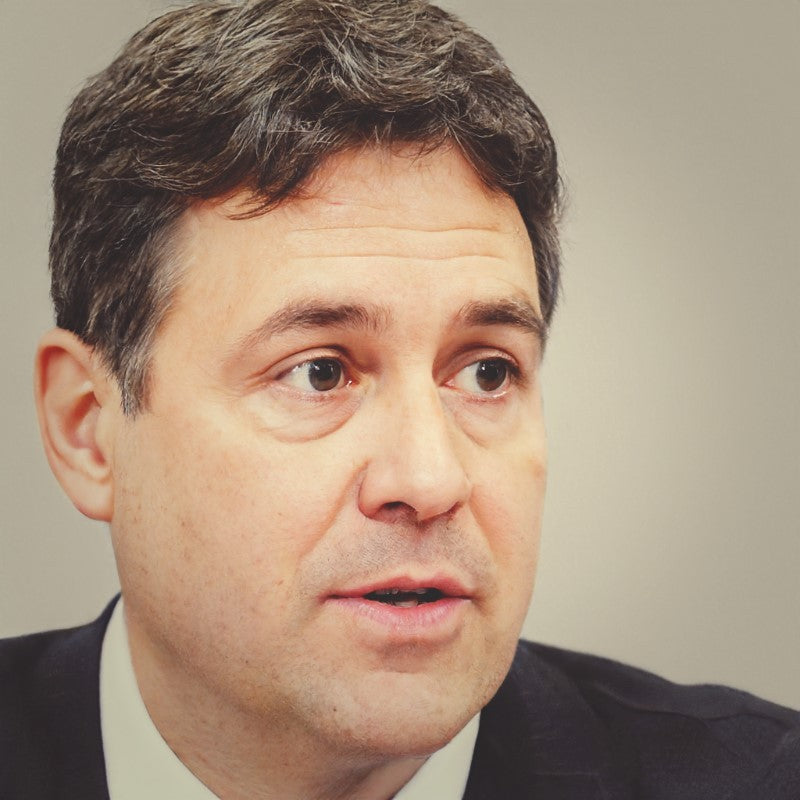Are you preparing for an interview at the Executive Officer (EO) level in the Civil Service? You've come to the right place! This post is designed to help you understand Communicating & Influencing, one of the key behaviors tested at this level.
We’ll guide you on how to approach this behavior using the B-STAR method, provide common questions, and even share what interviewers are really looking for.
Let’s dive in! 💪
What is Communicating & Influencing? 🤝
Communicating & Influencing is all about how you express ideas and get others on board. It's not just about what you say but how you say it, ensuring that your message resonates with your audience. For an Executive Officer (EO), this behavior involves clear and effective communication, building relationships, and working collaboratively to influence decisions.
At the EO level, you'll be expected to:
- Provide information clearly to a variety of people.
- Persuade others in a positive way to achieve results.
- Listen actively and respond appropriately to different viewpoints.
This behavior differs at higher levels, like Senior Executive Officer (SEO), where the expectation is more about influencing wider strategy or policy. As an EO, the focus is more practical and direct in your day-to-day communications.
How to Answer Using the B-STAR Method 🌟
When answering Communicating & Influencing interview questions, we recommend using the B-STAR method:
- B - Belief: Start by sharing your core belief or philosophy behind good communication. For example, "I believe that clear and respectful communication is key to building strong working relationships."
- S - Situation: Describe a situation where effective communication was critical.
- T - Task: Explain your role and what was expected of you.
- A - Action: Detail the specific actions you took to communicate and influence others.
- R - Result: Share the positive outcome of your actions.
By framing your answers this way, you not only show your communication skills but also the thinking and beliefs that guide your approach.
Common Interview Questions for Communicating & Influencing 📝
💡 Can you give an example of when you had to convey a difficult message to someone?
💡 Tell us about a time when you had to influence someone to change their opinion.
💡 Describe a situation where you had to communicate complex information to a non-expert audience.
💡 How do you adapt your communication style when dealing with different stakeholders?
💡 Click this link to see more example questions... here
What Interviewers Are Looking For 🔍
Here’s a breakdown of what interviewers are looking for with each question:
1. Communicating Difficult Messages
Interviewers want to see how you handle tough conversations. They’ll look for:
- Clarity: Did you deliver the message clearly and respectfully?
- Sensitivity: Did you consider the feelings of the person you were communicating with?
- Confidence: Did you approach the conversation with confidence, without being aggressive?
2. Influencing Others
In this case, the interviewer wants to see your ability to persuade while maintaining good relationships:
- Reasoning: Were you able to back up your opinion with logic or evidence?
- Flexibility: Did you listen and adapt your message to the other person’s viewpoint?
- Outcome: Was the person convinced, and what was the end result?
3. Communicating Complex Information
For this question, they are testing how well you can break down complicated ideas:
- Simplification: Did you explain the concept in a way that was easy to understand?
- Engagement: Were you able to keep the listener’s attention?
- Success: Did the person grasp the information and act accordingly?
4. Adapting Communication Styles
This question measures how versatile you are:
- Awareness: Do you understand different communication needs?
- Adaptation: Can you adjust your style based on the audience, whether it’s senior managers or customers?
- Effectiveness: How successful was your adapted communication?
Scenario Ideas to Practice 🎯
Here are some real-life scenarios you can use to prepare your answers (but remember, don't copy them word for word!):
💬 You were asked to present a new process to a team who was resistant to change. You had to win them over by addressing their concerns.
💬 You were working on a cross-departmental project and had to keep everyone updated with clear communication to avoid misunderstandings.
💬 You had to explain a technical concept to a non-technical colleague to help them understand its importance for a project.
Common Mistakes to Avoid 🚫
🤦 Being too vague: Not providing enough details about your role in the situation.
🤦 Lack of focus on outcomes: Forgetting to emphasize the result of your actions.
🤦 Neglecting to reflect on your belief: Skipping the part where you explain why communication matters to you.
🤦 One-size-fits-all approach: Failing to demonstrate that you adapt your communication style to different audiences.
🤦 Rambling: Going off on tangents instead of staying on point.
Key Takeaways 🏅
- Communicating & Influencing at the Executive Officer (EO) level means clear, practical, and respectful interactions.
- Use the B-STAR method to structure your answers effectively.
- Interviewers want to see that you can communicate clearly, adapt to your audience, and influence without causing friction.
- Practice real-life scenarios where you used these skills in action.
Good luck with your interview preparation, and remember to communicate with clarity, confidence, and purpose! You've got this! 🌟


